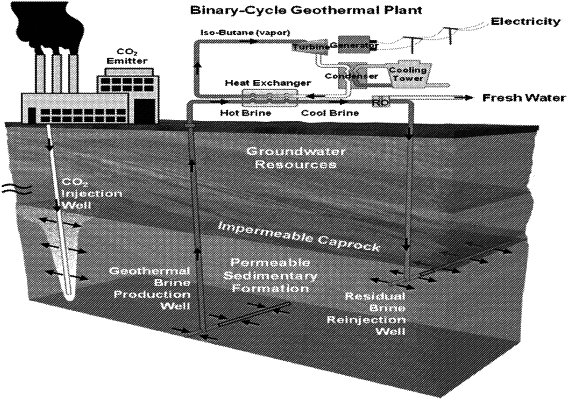| CPC G06F 30/27 (2020.01) [G06N 7/01 (2023.01); G06N 20/00 (2019.01); G06F 2111/10 (2020.01)] | 20 Claims |

|
1. A method performed by one or more computing system generating a set of system variables to represent a physical power system having a stochastic behavior, comprising:
receiving a set of measurements relating to one or more power grids in the physical power system, the set of measurements following a non-standard probability distribution and being non-linearly correlated, wherein a non-linear relationship exists between the set of system variables that describes the stochastic behavior and a corresponding set of measurements;
determining, based on the set of measurements, a numerical model of the stochastic behavior of the physical power system, wherein the numerical model comprises a feature space comprising non-correlated features corresponding to the stochastic behavior, wherein the non-correlated features have a dimensionality that is less than the dimensionality of the set of measurements;
sampling the numerical model based on a statistical inference approach to generate a set of approximated system variables corresponding to the set of measurements based on the numerical model, wherein the statistical inference approach comprises combining a Langevin Markov Chain Monte Carlo (MCMC) approach and an adaptive MCMC that calibrates a covariance of a distribution function based on a history of a Markov Chain; and
applying the set of approximated system variables to the physical power system for controlling actions.
|